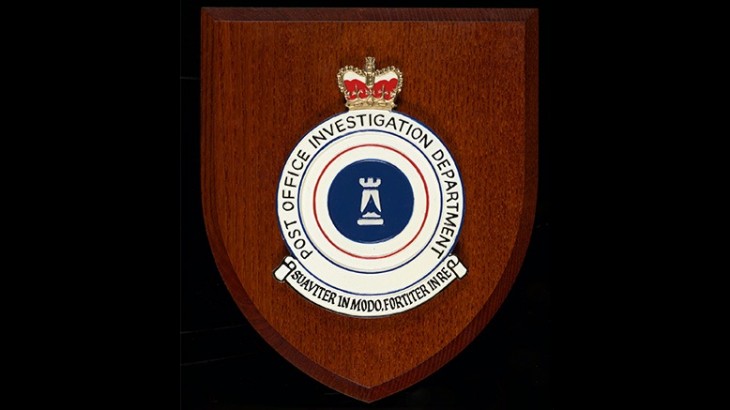Past postal crimes

From robberies to letter thefts and murders, the Postal Museum in London’s new temporary exhibition, ‘The Great Train Robbery: Crime and The Post,’ uncovers the work of the Post Office Investigation Branch (IB).
The IB is the oldest recognised criminal investigations force in the world. For more than 335 years, it has worked tirelessly to investigate postal crimes from multimillion-pound heists to murders, stamp frauds and forgeries, to dog attacks on postal workers.
The IB has its origins in the mid-17th century. Until the early 18th century, there was no official police force in Britain, leaving private citizens responsible for both enforcing the law and prosecuting crimes.
In 1829, Sir Robert Peel founded the Metropolitan Police – a full-time, professional police force for the Greater London area under the control of the Home Secretary. An officer was seconded to the Post Office to assist with investigations just three months after the force was established.
After the introduction of the Penny Post in 1840, the volume of mail sky-rocketed, and so too did postal crimes. Below is just one example of an historic crime against the post involving highwaymen plaguing the road from London to Bristol.
In the 18th Century, the Post Office’s solicitor hired deputies called ‘Enquirers’ to detect and capture criminals. In 1722, two enquirers caught notorious mail robber John Hawkins and his associate, George Simpson who had held up a post-boy called Thomas Green on the London to Bristol post route.
Green and a fellow traveller named James Ladbrook were riding on horseback through Berkshire when they were approached by three men, who had their mouths covered with handkerchiefs and their wigs and hats pulled forward over their faces. When the men brandished a pistol and ordered Green and Ladbrook down a nearby lane, they were tied back to back and fastened to a tree in a wet ditch.
The robbers rifled through the Bath and Bristol post bags, taking packets of money as they went, before hiding the rest in a hedge. They travelled into London, stopping at an inn in Bermondsey Street to divide up the bank notes from the post bags and dispose of the letters in a fire.
Hawkins and Simpson were both found guilty and hanged at Tyburn gallows in London on 21 May 1722.
The Postal Museum’s incredible collection spans five centuries of history, covering everything from ground-breaking design and quirky technology to the intimacy of personal letters.
Remember, as part of our sponsorship deal for Mail Rail, current Royal Mail employees are entitled to one free admission to the museum (including a ride on Mail Rail). All you need to do is book online in advance and select the ‘Royal Mail staff’ option. Then on the day, bring your valid Royal Mail colleague ID.



